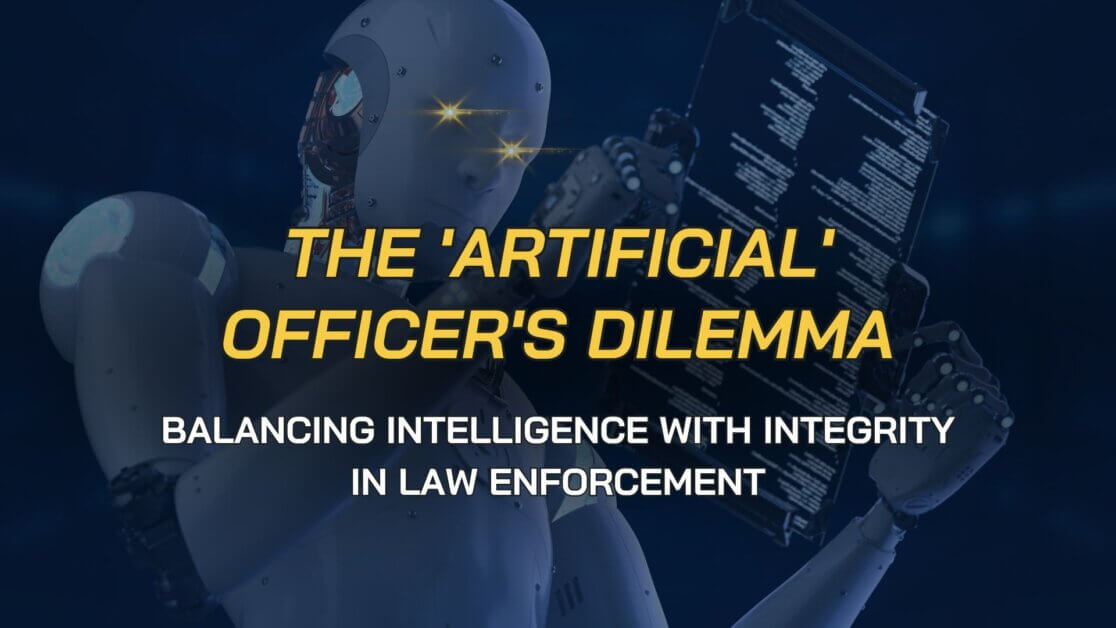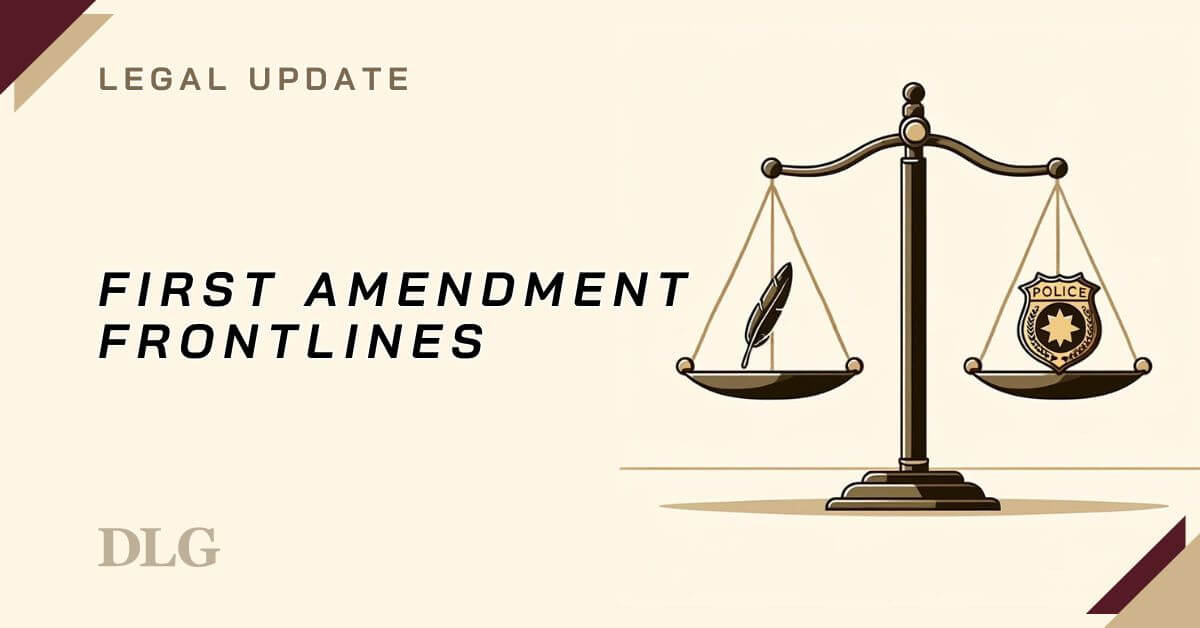As we head into another election cycle and continue to deal with homelessness and panhandling concerns in our respective jurisdictions, I thought this recent case, Evans vs Sandy City[1], out of the 10th Circuit may provide some guidance on First Amendment concerns.
Clearly, officers must take a citizen’s First Amendment liberties into account when planning a police response to a planned demonstration as well as those day-to-day interactions with so- called panhandlers and impromptu demonstrations. Hopefully, your agency has a directive that clearly lays out agency procedures and protocols for addressing these incidents.
FACTS
In 2016 the Sandy City, Utah city council adopted an ordinance making it illegal for any person to remain on an unpaved median or any median less than 36 inches in width “for any period of time”. The Plaintiff – Steve-Ray Evans received four citations for standing on various medians that met the requirements of the ordinance.
Evans brought suit under 42 USC Section 1983 in Federal District Court claiming that the ordinance was a violation of his First Amendment protections in that it targeted panhandling. Evans sought damages and an injunction prohibiting the city from enforcing the ordinance. The district court denied the request for an injunction and granted the City’s motion for summary judgment finding that the ordinance met reasonable time, place and manner restrictions as required under the law. Evans then appealed the ruling to the 10th Circuit Court of Appeals.
Tenth Circuit Findings
While the Supreme Court has determined that “the solicitation of charitable contributions is recognized as protected speech” Cornelius v. NAACP Legal Def. & Educ. Fund., Inc., 473 U.S. 788 (1985), neither the Supreme Court nor the 10th Circuit has determined that the specific act of panhandling is “protected speech” under the First Amendment. The court then assumed, without deciding that the speech was protected but quickly observed, that the ordinance in question made no reference to panhandling.
The court then conducted a typical First Amendment analysis that reviews (1) the nature of the forum at issue and (2) whether the ordinance meets reasonable time, place and manner restrictions.
With respect to the first question, the courts have traditionally divided areas into three categories – (1) a traditional public forum; (2) a designated public forum; and (3) a nonpublic forum. Traditional public forums are those areas where assembly and free speech has traditionally occurred. Designated Public forums are areas not traditionally open to the public but designated for such purpose by governmental action. And, of course, nonpublic forums are those areas that don’t qualify as a public or designated forum. Evans claimed the median was a traditional public forum while the City argued that it was a non-public forum. The court did not identify the type of forum, claiming that, either way, the ordinance met reasonable time, place and manner restrictions.
First, the ordinance was content neutral. The court noted that a police captain supporting the ordinance testified at a city council meeting that the ordinance was written to limit a dangerous condition on narrow medians where there had been “several close calls” between drivers and pedestrians. Evans argued that the ordinance had an inordinate effect on panhandlers, but the court was unpersuaded, stating that the ordinance could be content neutral even if it had an “incidental” effect on the activity.
Secondly, the court determined that the ordinance met a significant governmental interest in that it was narrowly tailored to address public safety concerns over the possibility that pedestrians could be struck by vehicles.
Finally, the restriction must “leave open ample alternative channels for communication or information”. In this case, the ordinance left open medians that were paved and wider than 36 inches as well as sidewalks and city parks. As such, the ordinance met appropriate First Amendment requirements and the 10th Circuit affirmed the district court’s ruling.
WRAP UP
Certainly, it is not uncommon for officers and agency heads to find themselves in the middle of two competing interests – one group who wants homeless people and panhandlers “off the streets” and other groups who believe there should be no limits on curtailing such conduct. Likewise, demonstrations of one political view are quickly met by opposition groups in this era of instant messaging and social media. How officers respond to these incidents, and command staff developing plans for scheduled events, are cautioned to tread cautiously and understand the risks and exposure to liability that comes with First Amendment- related activities.
In several past articles we have mentioned the Department of Justice publication – Recommendations for First Amendment-Protected Events for State and Local Law Enforcement Agencies. This publication provides guidelines in preparing, planning, managing and responding to events that have First Amendment implications. At DLG we recommend this publication to our clients and follow these guidelines in the DLG directives dealing with crowd control and management.
Evans v Sandy City, 928 F.3d 1171 (2019) ↑



